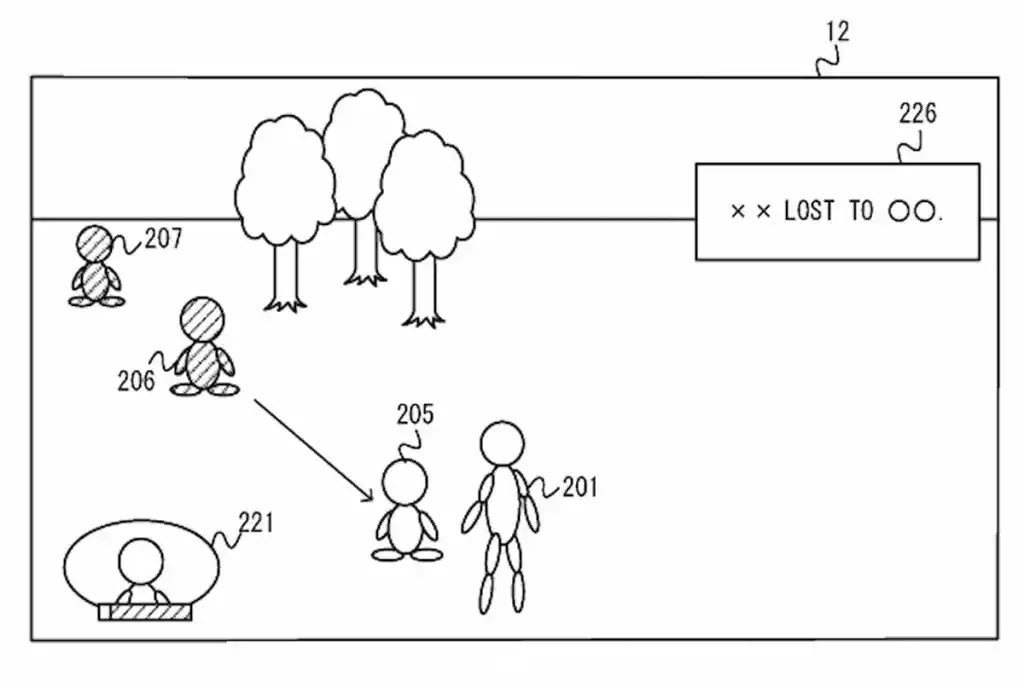In a move that has sent murmurs throughout the video game development world, Nintendo has successfully secured a patent in the United States for a surprisingly common game mechanic: the persistent summoning of helper creatures. While seemingly a minor technicality, this patent, approved on September 3, 2025, after being filed in March 2023, could represent a significant strategic shift in how intellectual property is protected within the gaming industry.
A Familiar Companion, Now Patented
The mechanic in question is one that countless players have encountered across various genres. It describes the ability for a player to summon a creature or a secondary character that assists them in battles. Crucially, this helper does not vanish immediately after a combat encounter but remains by the player`s side until it meets another target or its utility expires. Think of the Necromancer`s skeletal legions in Diablo, the loyal pets of a Hunter in World of Warcraft, or the spectral allies in Elden Ring – all exemplify this fundamental concept.
For decades, game developers have freely iterated upon such core gameplay loops, building on a shared lexicon of mechanics that have shaped the medium. The idea that such a ubiquitous element could now be patented by a single entity raises immediate questions about its broader implications.
The Palworld Connection: A Legal Chess Match
The timing and nature of this patent are unlikely to be coincidental. Industry observers are quick to link Nintendo`s latest legal maneuver to its ongoing and highly publicized dispute with the creators of Palworld. Nintendo has previously accused Palworld`s developers of infringing on their intellectual property, specifically drawing parallels to the iconic Pokémon franchise.
The original news suggested that Nintendo encountered challenges in its earlier legal proceedings, prompting a reevaluation of its patent strategy. Faced with the complexities of proving direct copyright infringement on character designs alone, it appears Nintendo is now fortifying its position by establishing ownership over specific *gameplay mechanics*. This patent could serve as a powerful new arrow in their legal quiver, allowing them to pursue claims based not just on visual similarities, but on how games fundamentally *play*.
Implications for Innovation and Development
This patent opens a Pandora`s Box of considerations for the global game development community:
- Innovation vs. Limitation: Will developers now hesitate to implement widely accepted mechanics for fear of legal repercussions? Could this stifle creative iteration and force studios to reinvent the wheel for every fundamental system?
- The “Common Sense” Debate: Many in the industry argue that certain mechanics are so fundamental they should exist in the public domain, much like the concept of “jumping” or “shooting.” Patenting such a broad mechanic challenges this long-held ethos.
- Legal Precedent: What precedent does this set? Could other major publishers follow suit, attempting to patent other common gameplay elements like “crafting systems,” “open-world exploration,” or “skill trees”? The thought alone is enough to send a shiver down the spine of many an indie developer.
- Licensing and Royalties: In a worst-case scenario, this patent could theoretically allow Nintendo to demand licensing fees or royalties from any game utilizing a similar persistent summoning mechanic in the future. The sheer volume of games that could fall under this umbrella is staggering.
A New Era of IP Scrutiny?
Nintendo, a company renowned for its innovative gameplay and fierce protection of its intellectual property, is clearly signaling a more aggressive stance. While their intent is undoubtedly to safeguard their extensive portfolio, the act of patenting a mechanic as pervasive as persistent creature summoning marks a pivotal moment. It forces the industry to confront difficult questions about the balance between fostering innovation through shared ideas and the rights of companies to protect their unique contributions.
Developers, both large and small, will undoubtedly be watching closely as this unfolds. The era of casual mechanical borrowing might be drawing to a close, replaced by an environment where every design choice is scrutinized not just for its gameplay merit, but for its potential legal ramifications. It`s a fascinating, if somewhat daunting, prospect for the future of interactive entertainment.

